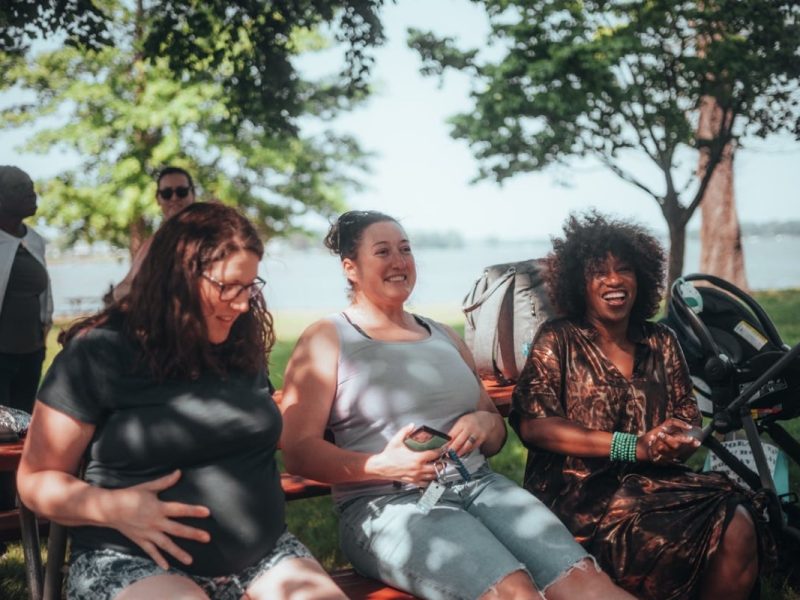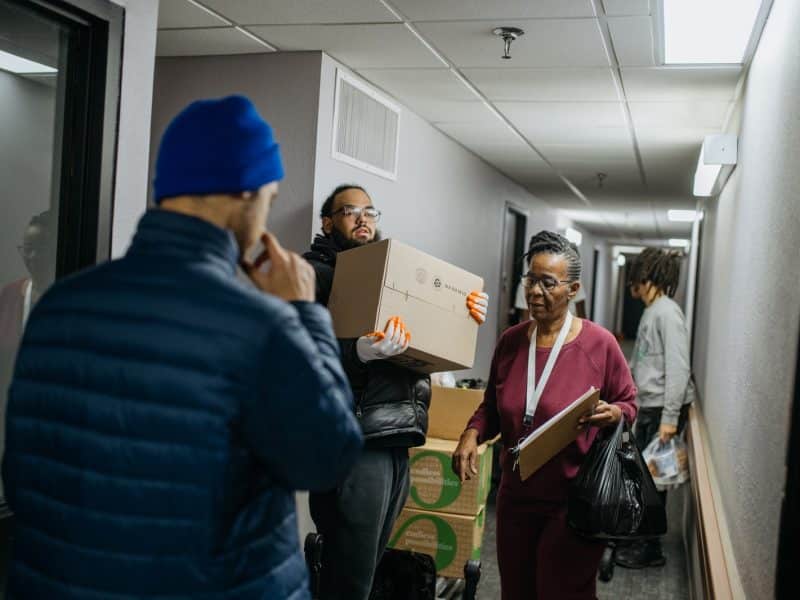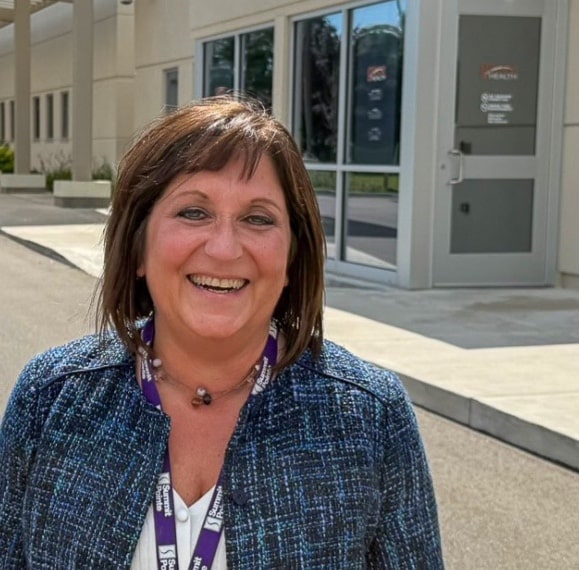Foster care fosters hope for Michigan’s most vulnerable children
Michigan's community mental health agencies, CMHs, provide mental health care for the roughly 10,000 children in Michigan’s foster care system. Here is how Genesee Health Systems and Sanilac County CMH are working hard to help foster children in their counties thrive.
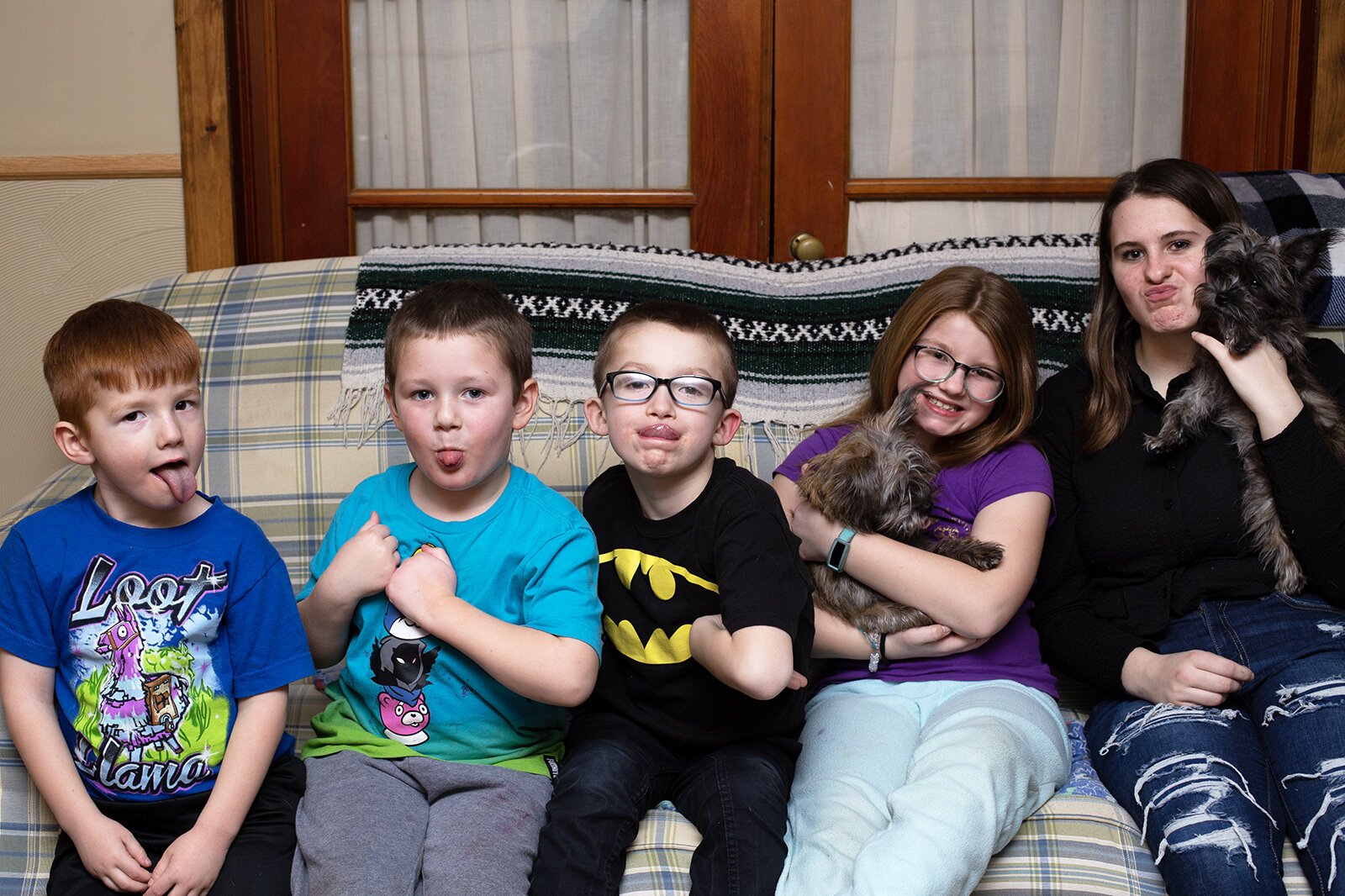
This article is part of MI Mental Health, a new series highlighting the opportunities that Michigan’s children, teens and adults of all ages have to find the mental health help they need, when and where they need it. It is made possible with funding from the Community Mental Health Association of Michigan and its community mental health (CMH) agency members.
Foster parents Tom and Tina Eastman first welcomed Charley into their home when she was 9 years old. They adopted her seven years later. Today, she has friends, a stable home life, and is doing well at school. However, the journey that brought Charley here wasn’t always easy.
“She was on like 16 medications,” says Tina Eastman. “She’s been through getting adopted several times and it not working. She’s been through several psych doctors, several CMH [community mental health] workers, several foster cares and facilities. We adopted her less than a year ago, and she’s on zero medication and doesn’t see a psych doctor and is only [getting counseling] through a counselor with CMH.”
“She’s come a long way,” Tom Eastman says.

CMHs provide mental health care for the roughly 10,000 children in Michigan’s foster care system. There’s a lot of work to be done. Trauma is a heartbreakingly common experience among children in foster care, and it tends to go hand-in-hand with mental illness. Of the more than 60 children whom the Eastmans have fostered over the last seven years, most have had behavioral or emotional problems.
Aimee LaFear, the Children’s Integrated Center services supervisor for Genesee Health System, has even seen high rates of mental illness among children aged 6 and younger.
“That is a population that typically does not have a lot of mental health issues in the general population, but it’s a very high amount of our kiddos in the foster care system,” she says.
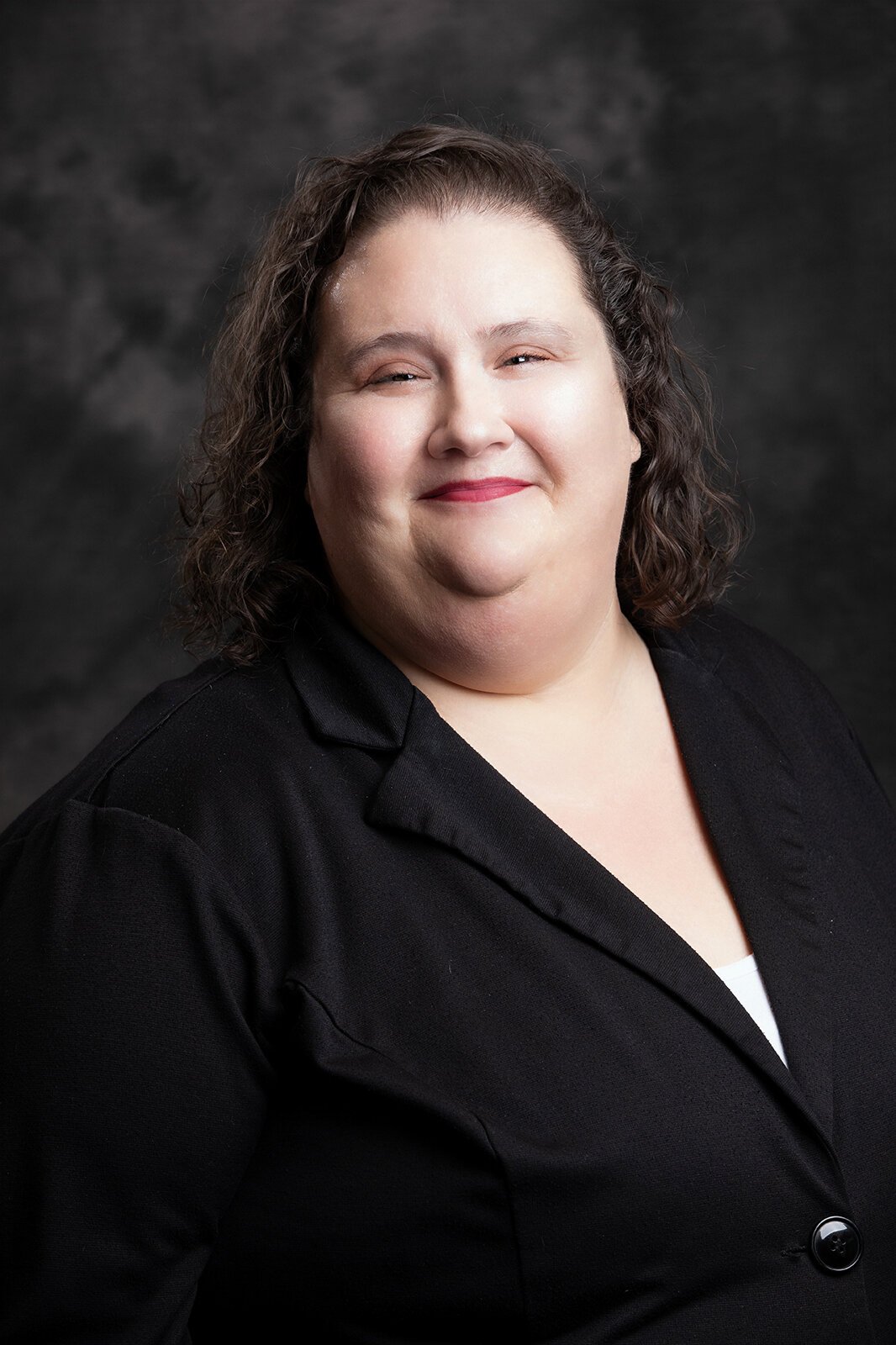
As LaFear touches on some of the services offered at CMHs, her voice takes on a soft fondness when she talks about “our kiddos.” Treatment could include anything from the familiar — therapy, medication, inpatient psychiatric hospitalization — to more specialized forms of care. Every plan is different, tailored to meet each child’s specific needs.
“Our staff really work to not only address the mental health pieces of what’s going on, but also the other factors that play into permanency and stability that sometimes are the barriers to treatment,” LaFear says.
These can include developing safety plans and coping skills, offering trainings, and sharing books written at a level lay people can understand. These resources provide an understanding of the wounded logic of trauma-based behavior.
“Some of our kids that have experienced trauma have a very difficult time with building attachment,” explains Breonna Studer, the Children’s Department supervisor for Sanilac County Community Mental Health. “You think of a typical 8-year-old that still wants to be very included, wants to sit down and watch movies with you. This kid might be very excited to do that, but then may become very violent verbally or aggressive just because that’s a scary thing for them to build that connection.”
Even something as instinctive as a hug can be a trigger.
“We don’t touch them,” Tina Eastman says. “Not until they’re ready and they can trust you.”
The Eastmans let the kids decide when to initiate physical contact. Some might never ask for a hug, Tom Eastman says. “Another one will come up and say, ‘Can I have a hug?’ ‘Yup, you most certainly can.’”
The goal is to help the child maintain progress toward healing — even if that progress is slow.
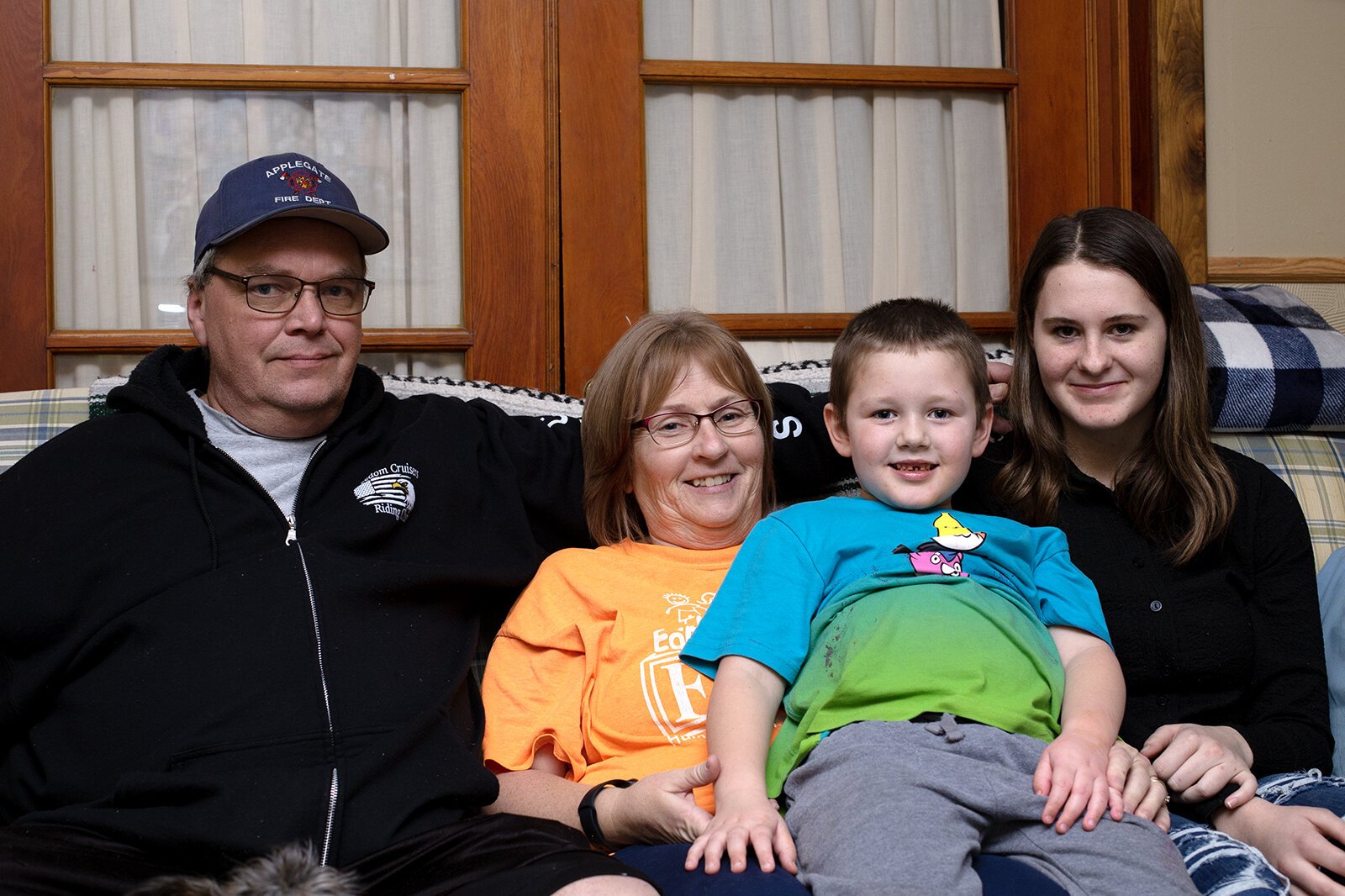
“It’s two steps forward and one step back,” acknowledges Wil Morris, CEO of Sanilac County CMH. “It’s not that they’re not going to be able to live relatively normal lives, but this is a lot of work and a lot of effort that needs to be put into it. And we’re appreciative of all the investment from our staff, the foster parents, and the kids to have the resilience to move forward.”
“And the foster care workers,” adds Studer. “I’ve had meetings down at foster homes at 7:00 at night because that’s what we needed for all of us to continue to be successful.”
The Eastmans confirm Studer’s level of commitment.
“Breonna is as big of a crutch for us as she is for the kids,” Tom Eastman says. “[Any time we experience an unfamiliar behavior,] we call Breonna and she gives us a lot of information.”
Studer returns the Eastmans’ calls all times of the day and night, on holidays, and even when she is on vacation. That consistency and support has powerful results. Last year, Studer says that two of the children she worked with — both with high behavioral needs and traumatic backgrounds — were adopted by their foster parents. Charley was one of them.

“She has grown leaps and bounds as a person,” Studer says. “She’s a 16-year-old now, interacting with peers, going to school, very successful at school, instead of living in that fight-or-flight mode.”
Challenges exist, solutions in the making
While CMHs are doing good work, they are not immune to challenges — including the ubiquitous issue of staffing shortages and resulting high caseloads for state and county social service workers (DHS).
“We’re always needing more therapists to be able to work with our kiddos,” LaFear says. “And on the [social services] side as well — to not have caseloads too high so that we can have that collaboration, working together for what’s best for the child.”
Overwork can lead to burnout, which might lead to apathy — and then it’s the children who suffer. The Eastmans speak from personal experience when they emphasize the importance of supportive counselors and DHS workers.
“If they don’t care, if it’s just their job to do, then you have an issue,” Tina Eastman says. “If you’re gonna be in that kind of job, you need to care about what’s going on with the kids.”
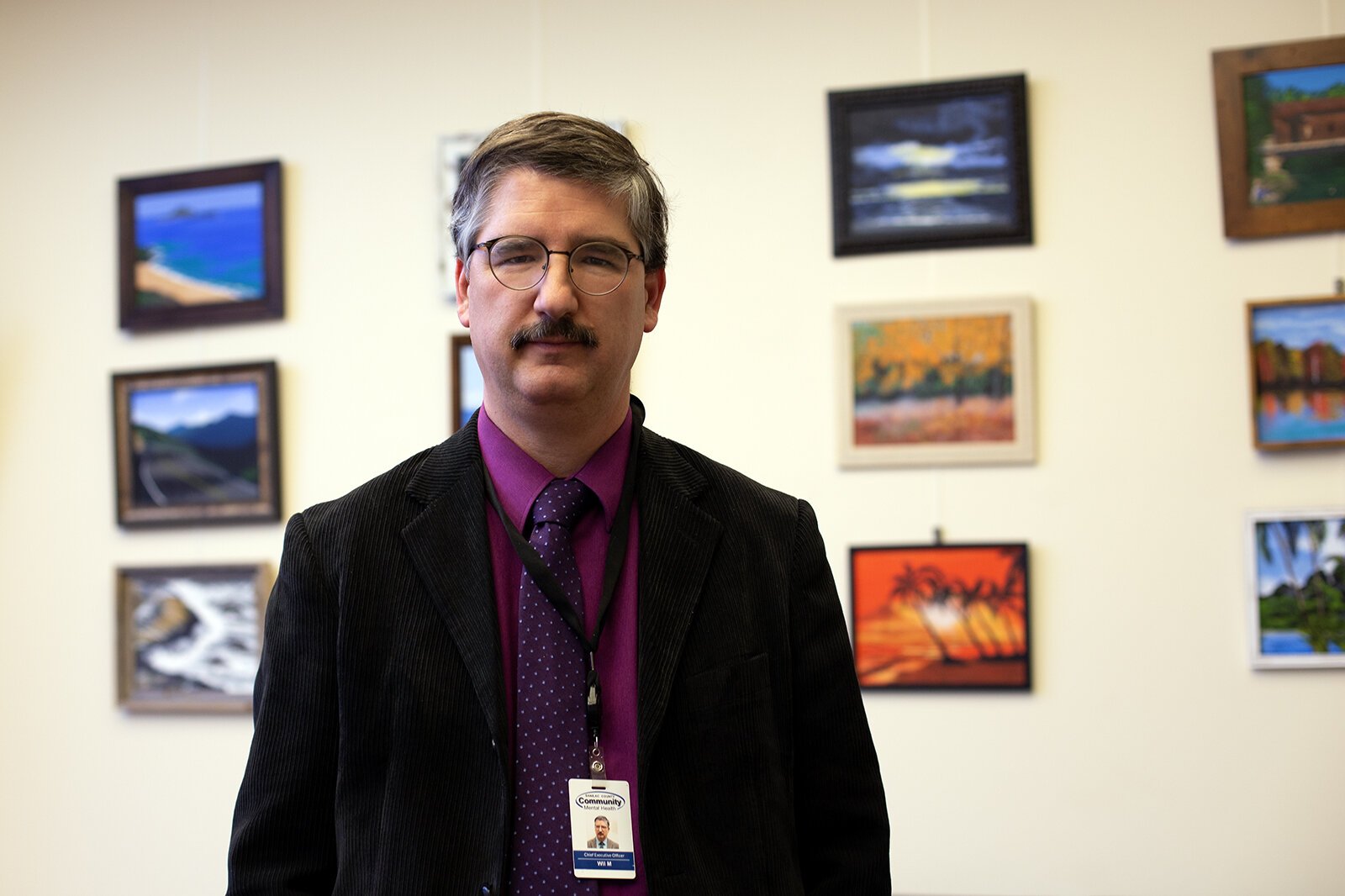
To address staffing shortages, the Michigan Department of Health and Human Services (MDHHS) opened applications for its MI Kids Now Student Loan Repayment Program in July of 2022. The $2 million medical debt loan repayment program provided financial support to 110 clinicians working in CMH-based settings statewide in 2022 and is slated to continue this year. And in November 2022, MDHHS released a statewide request for contracts from child-caring congregate care providers to address a shortage of spots in inpatient mental health facilities for foster children. By proactively seeking new partnerships, MDHHS hopes to bridge the gaps.
Partnerships lie at the heart of most CMH foster care successes. Sanilac CMH relies on its relationships with medical professionals, social workers, foster families, and the Sanilac County Child Abuse Prevention Council — Morris sits on its board. As for Genesee Health Systems, LaFear agrees partnerships are essential.
“Our local DHS office is really accessible to us and really easy for us to collaborate with, and I think that makes a huge difference,” LaFear says. “When you don’t have those relationships … the kids end up being the ones that suffer.”
Peer support “the light at the end of the tunnel”
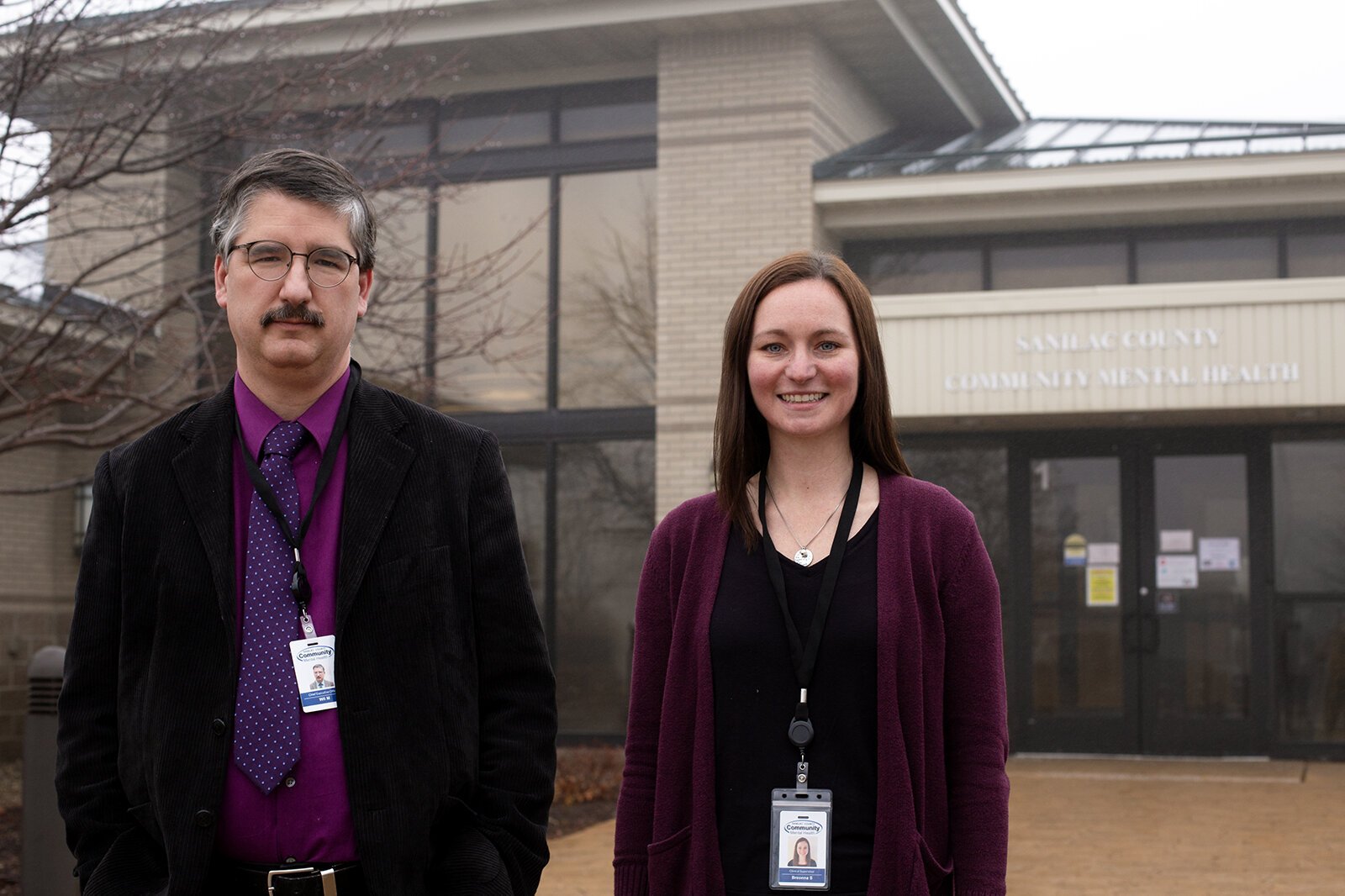
Available across the state, peer support partners are another particularly powerful opportunity for foster children and parents. Although anyone can apply to be a parent or peer support partner, Morris says it’s not uncommon for those who’ve been through the foster care system to be drawn to the job.
“A lot of our peer support, both for adult services as well as for youth services, has come from those situations,” he says. “I always use the analogy as someone who can actually show someone else that there really is a light at the end of the tunnel. Because right now, as someone who’s entering service, it’s just dark. They don’t realize how long this tunnel is. Someone who’s been through that tunnel, who can show them some experiences that they went through and how they got to the end of that tunnel, it’s very beneficial.”
“It’s that hope they instill,” Studer adds.
The hope runs both ways. For those in the midst of the foster care journey, peer supports show them healing is possible. And for those who’ve made it through, sharing their experience is an opportunity for empowerment — the transformation of their trauma into a light in the darkness. Underlying these partnerships are the CMH agencies, providing support, resources, and stability.
“We’re here when families need us,” Morris says. “Our hope is that we can get them to a point where they don’t need us anymore. But that doesn’t mean that two weeks later or two years later they can’t come right back if they need to.”
Brooke Marshall is a freelance writer and the author of Lucky: An African Student, an American Dream, and a Long Bike Ride. You can contact her at brookepmarshall@gmail.com.
Photos by Liz Fredendall
Aimee LaFear photo courtesy Genesee Health Systems
